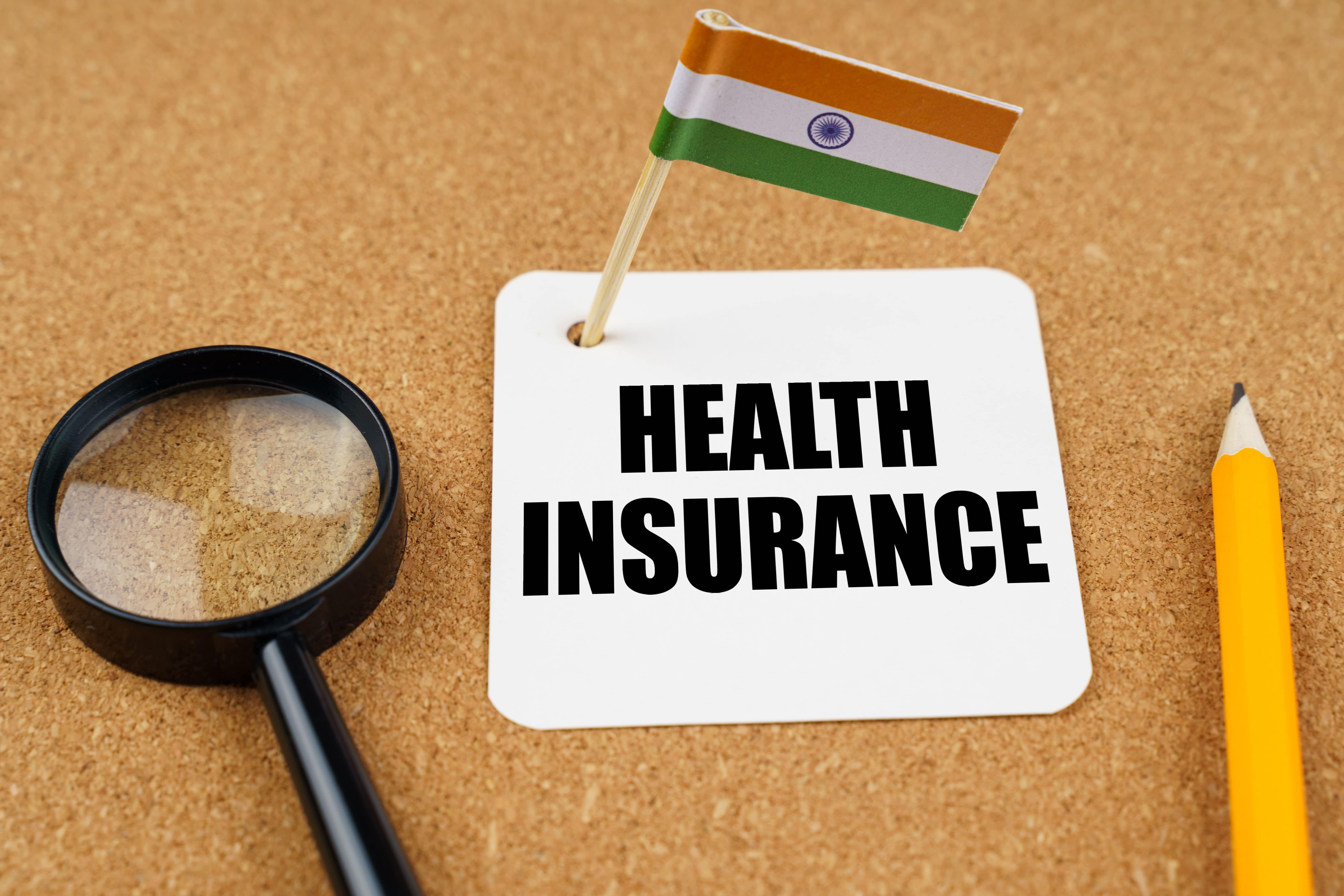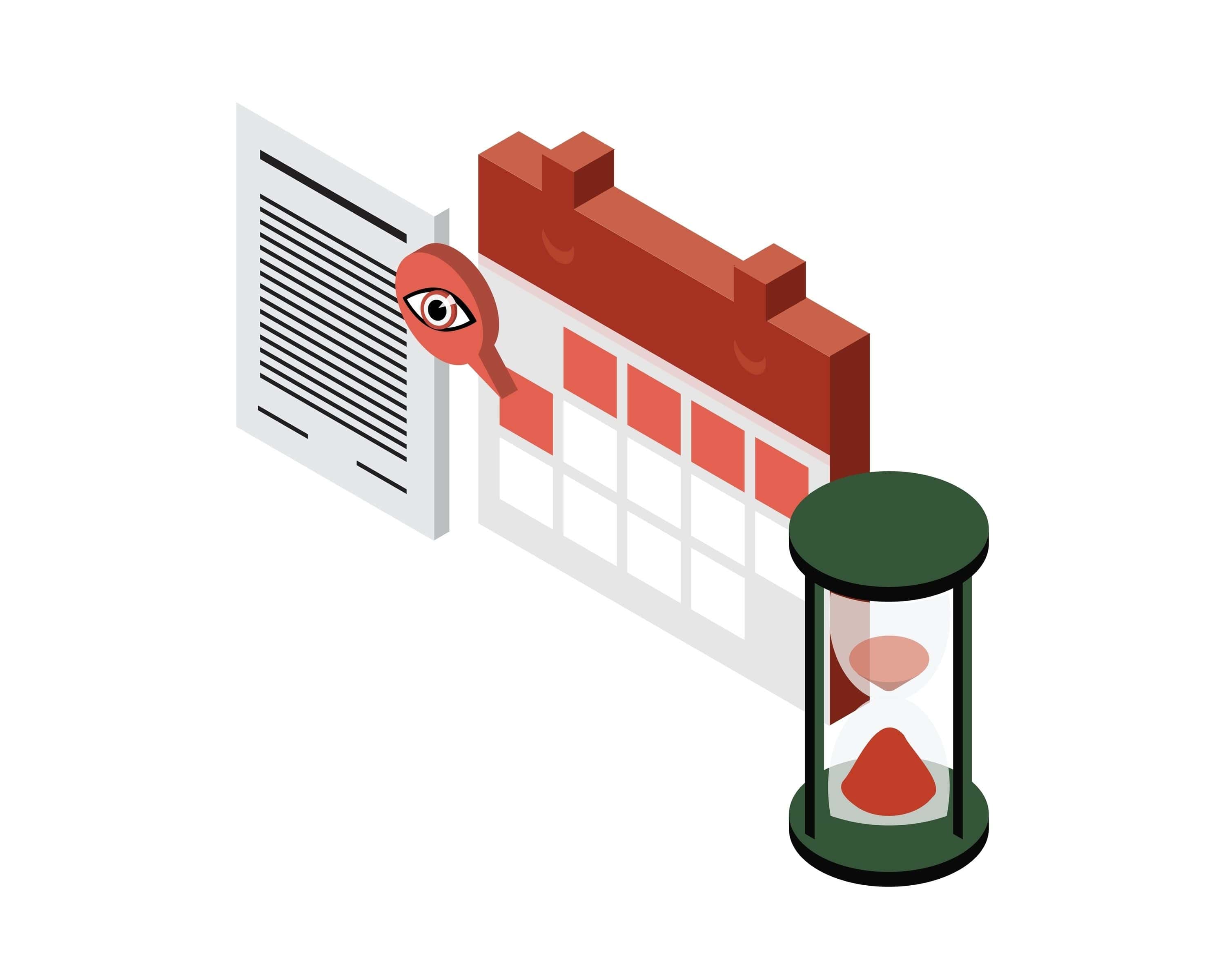What are Health Insurance Schemes?
In a country where healthcare costs are rising rapidly, it is essential to have access to affordable and quality healthcare services. The government of India has launched several health insurance schemes to ensure that every citizen has access to basic healthcare facilities. Health insurance schemes are social health insurance programmes initiated by the government for its people.
In this blog, we will delve into the details of different health insurance schemes launched by the government of India, such as Ayushman Bharat Yojana, Rashtriya Swasthya Bima Yojana, and many more.
Additionally, we will explore how these government health insurance schemes are helping millions of people in India to receive medical treatment without having to worry about the high costs. So, let's get started!
List of Government Health Insurance Schemes
1. Aam Aadmi Bima Yojana
Aam Aadmi Bima Yojana (AABY) is a social security scheme launched by the Government of India to provide insurance coverage and financial assistance to the economically weaker sections of society. Under Aam Aadmi Bima Yojana, the government provides life insurance and disability cover to the head of the family or earning members of the family. The insurance coverage is provided to people working in rural and urban areas who are engaged in one of the 48 mentioned occupations, such as agricultural workers, landless labourers, street vendors, and fishermen, among others. The scheme provides a sum of Rs. 30,000 in case of natural death, Rs. 75,000 in case of death due to an accident, Rs. 37,500 in case of partial disability due to an accident, and Rs. 75,000 in case of total disability due to an accident.
2. Ayushman Bharat Scheme
The Ayushman Bharat Scheme, also known as the Pradhan Mantri Jan Arogya Yojana (PM-JAY), is a flagship health insurance scheme launched by the Government of India in 2018. It is designed to provide health coverage of up to Rs. 5 lakhs per family per year for hospitalisation to over 10 crore underprivileged families in India. The premium for the scheme is paid by the central and state governments in a 60:40 ratio respectively. The PM-JAY scheme has been instrumental in providing financial protection to millions of families in India. It has significantly contributed to the goal of universal health coverage in the country.
3. Awaz Health Insurance Scheme
The Awaz Health Insurance Scheme is a government-backed health insurance plan that was introduced in the Indian state of Kerala, primarily for migrant workers. The scheme provides health insurance coverage of up to Rs. 15,000 and a death benefit of Rs. 2 lakhs in case of the policyholder's demise. The Awaz Health Insurance Scheme is available to labourers aged between 18 to 60 years, who are verified and are issued an Awaz Health Insurance Card upon approval. The scheme aims to provide affordable healthcare services and financial protection to migrant workers, who often face challenges in accessing healthcare services due to financial constraints.
Under the Awaz Health Insurance Scheme, policyholders can avail of healthcare services at any of the empanelled hospitals and healthcare providers. The premium for the scheme is subsidised by the government, making it affordable and accessible to migrant workers.
4. Rashtriya Swasthya Bima Yojana (RSBY)
Rashtriya Swasthya Bima Yojana (RSBY) is a government-backed health insurance scheme launched by the Government of India to provide health insurance coverage to below-poverty-line (BPL) families in India. The scheme was launched in 2008 and is administered by the Ministry of Labour and Employment, Government of India. Under the RSBY scheme, eligible beneficiaries are provided with a smart card that can be used to take advantage of cashless healthcare services at empanelled hospitals and healthcare providers. The scheme covers hospitalization expenses, pre-existing illnesses, and a range of medical procedures and treatments. The premium for the scheme is paid by the government, making it affordable and accessible to BPL families. The scheme provides health insurance coverage of up to Rs. 30,000 per annum for a family of up to five members.
5. Central Government Health Scheme (CGHS)
The Central Government Health Scheme (CGHS) is a comprehensive healthcare scheme for central government employees and their dependents in India. The scheme was launched in 1954 and is currently administered by the Ministry of Health and Family Welfare, Government of India. Under the CGHS scheme, eligible beneficiaries are provided with a CGHS card that can be used to avail of cashless healthcare services at impanelled hospitals and healthcare providers. The scheme covers hospitalisation expenses, outpatient consultations, laboratory tests, and a range of medical procedures and treatments. The premium for the scheme is paid by the central government, making it affordable and accessible to central government employees and their dependents.
6. Employees State Insurance Scheme (ESIS)
The Employees State Insurance Scheme (ESIS) is a comprehensive health insurance scheme for organised sector employees in India. The scheme was launched in 1952 and is administered by the Employees' State Insurance Corporation (ESIC), which is an autonomous body under the Ministry of Labour and Employment, Government of India. Under the ESIS scheme, eligible employees and their dependents are provided with health insurance coverage that includes medical, surgical and maternity benefits, disability compensation, and a range of other benefits. The premium for the scheme is paid by the employer and the employee in a specified ratio, making it affordable and accessible to organised sector employees and their dependents.
7. Mukhyamantri Amrutam Yojana
Mukhyamantri Amrutam Yojana (MAY) is a health insurance scheme launched by the Government of Gujarat in India in 2012. The scheme provides financial protection to families living below the poverty line (BPL) against catastrophic health expenditures.
Under the MAY scheme, eligible beneficiaries are provided with a smart card that can be used to avail cashless healthcare services at empanelled hospitals and healthcare providers. The scheme covers hospitalisation expenses, surgeries, and other medical procedures and treatments, including critical illnesses such as cancer, kidney diseases, and heart diseases. The scheme provides health insurance coverage of up to Rs. 5 lakhs per annum for a family of up to five members.
8. Karunya Health Scheme
Karunya Health Scheme is a health insurance scheme launched by the Government of Kerala in India in 2012. The scheme is targeted towards the poor and underprivileged sections of society who are not covered under any health insurance scheme. Under the Karunya Health Scheme, eligible beneficiaries are provided with health insurance coverage of up to Rs. 2 lakhs per annum. The scheme covers hospitalisation expenses, surgeries, and other medical procedures and treatments, including critical illnesses such as cancer, kidney diseases, and heart diseases. The premium for the scheme is paid by the government of Kerala and has been successful in providing financial protection to the poor and underprivileged sections of society.
9. Yeshasvini Health Insurance Scheme
Yeshasvini Health Insurance Scheme is a health insurance scheme launched by the Government of Karnataka in India in 2002. The scheme is targeted towards farmers in the state of Karnataka who are not covered under any health insurance scheme. Under the Yeshasvini Health Insurance Scheme, eligible beneficiaries are provided with health insurance coverage of up to Rs. 2 lakhs per annum. The scheme has improved access to healthcare services in rural areas of the state and has reduced out-of-pocket healthcare expenses for the beneficiaries.
10. Universal Health Insurance Scheme (UHIS)
The Universal Health Insurance Scheme (UHIS) is a health insurance scheme launched by the Government of India in 2003. The scheme is targeted towards the economically weaker sections of society who are not covered under any health insurance scheme. Under the UHIS, eligible beneficiaries are provided with health insurance coverage of up to Rs. 30,000 per annum. The scheme covers hospitalisation expenses, surgeries, and other medical procedures and treatments, including critical illnesses such as cancer, kidney diseases, and heart diseases.
Conclusion
Government health insurance schemes in India have been instrumental in providing financial protection to the population against catastrophic health expenditures. These schemes have improved access to healthcare services and reduced out-of-pocket healthcare expenses for the beneficiaries. All citizens have access to quality healthcare services without the fear of financial burden, and government health insurance schemes play a vital role in achieving this goal.
Aditya Birla Health Insurance (ABHI) is a leading health insurance provider. ABHI has a reputation for providing health insurance solutions that protect its clients against unforeseen circumstances and enables them to stay healthy.
You can visit the Aditya Birla Health Insurance website and select the best plan for your needs.
- https://www.adityabirlacapital.com/healthinsurance/activ-assure-diamond
- https://www.adityabirlacapital.com/healthinsurance/super-health-topup
- https://www.adityabirlacapital.com/healthinsurance/active-health-enhanced-insurance
- https://www.adityabirlacapital.com/healthinsurance/activ-fit






 1800-270-7000
1800-270-7000










